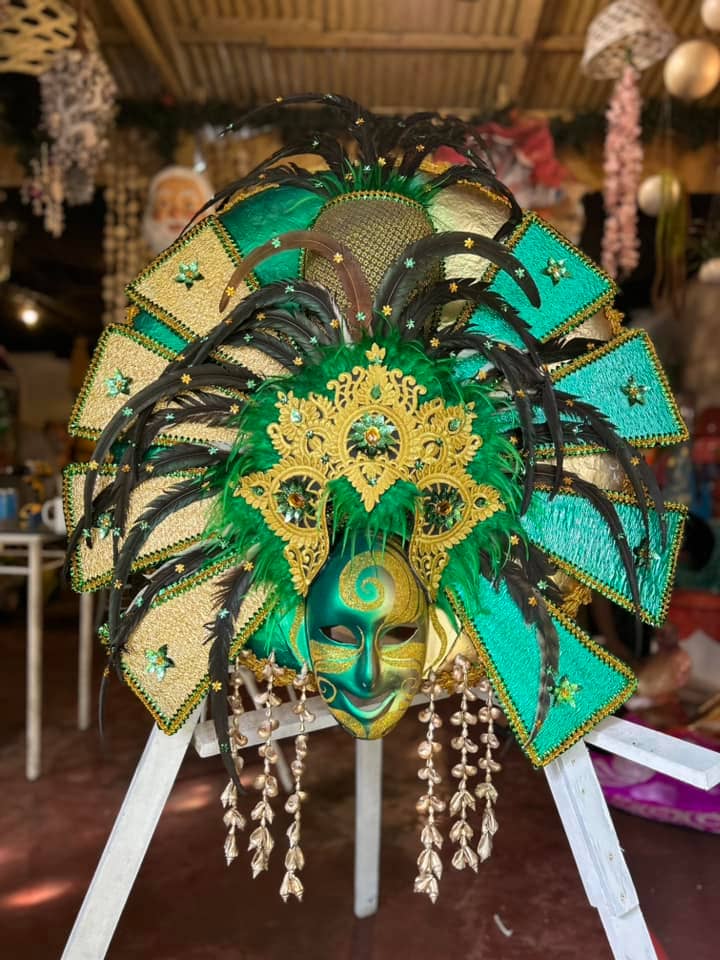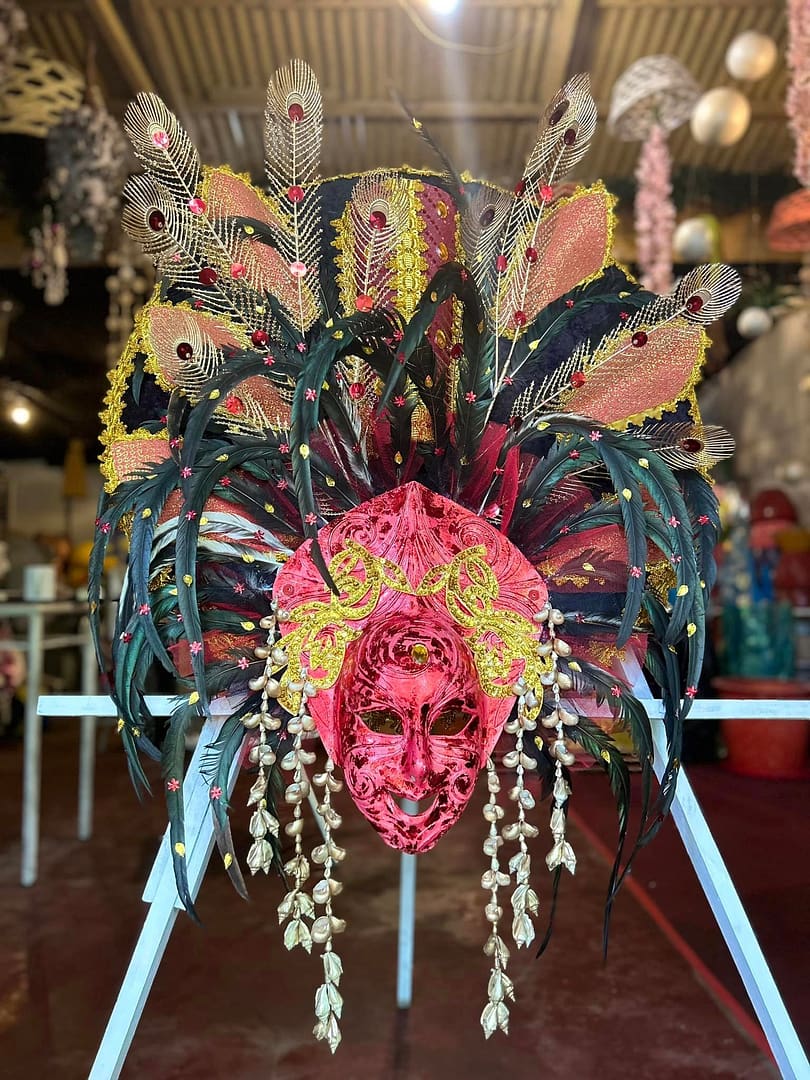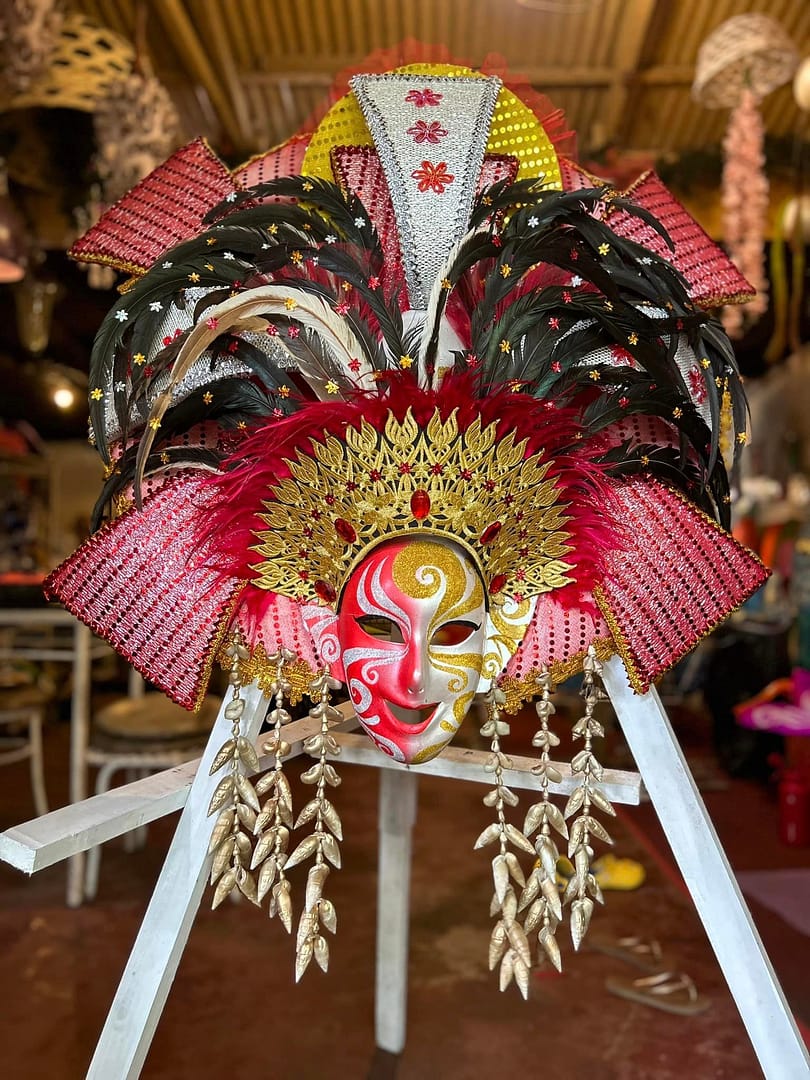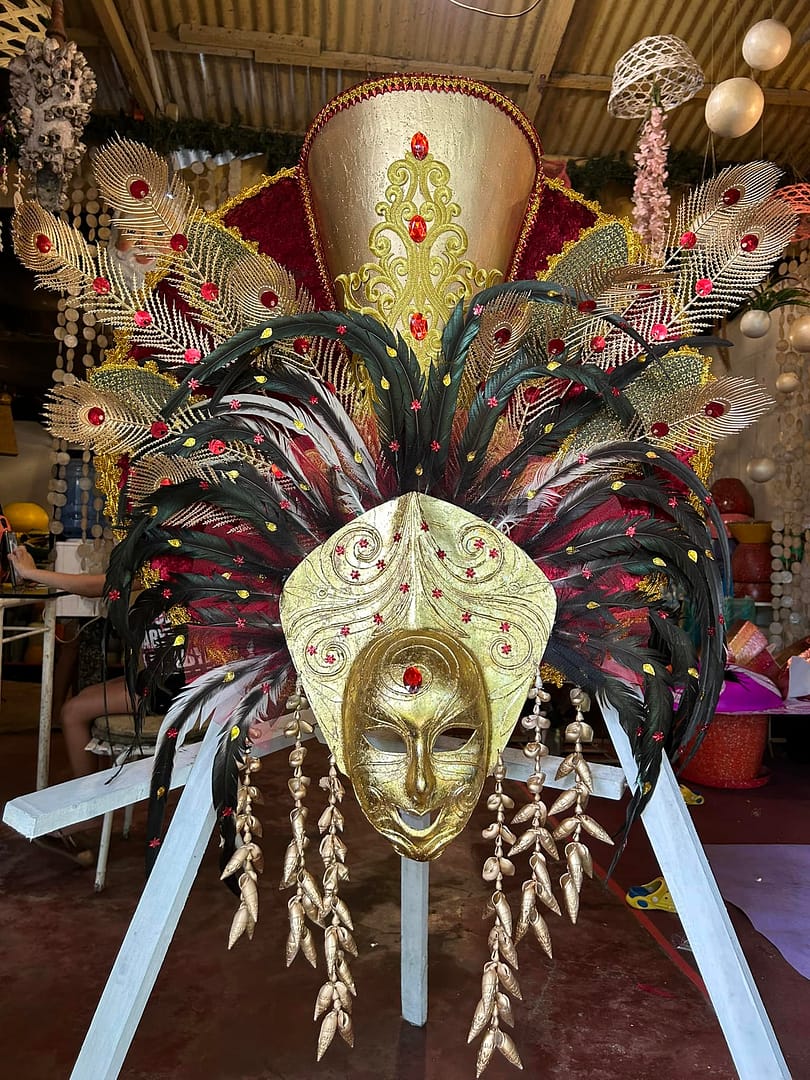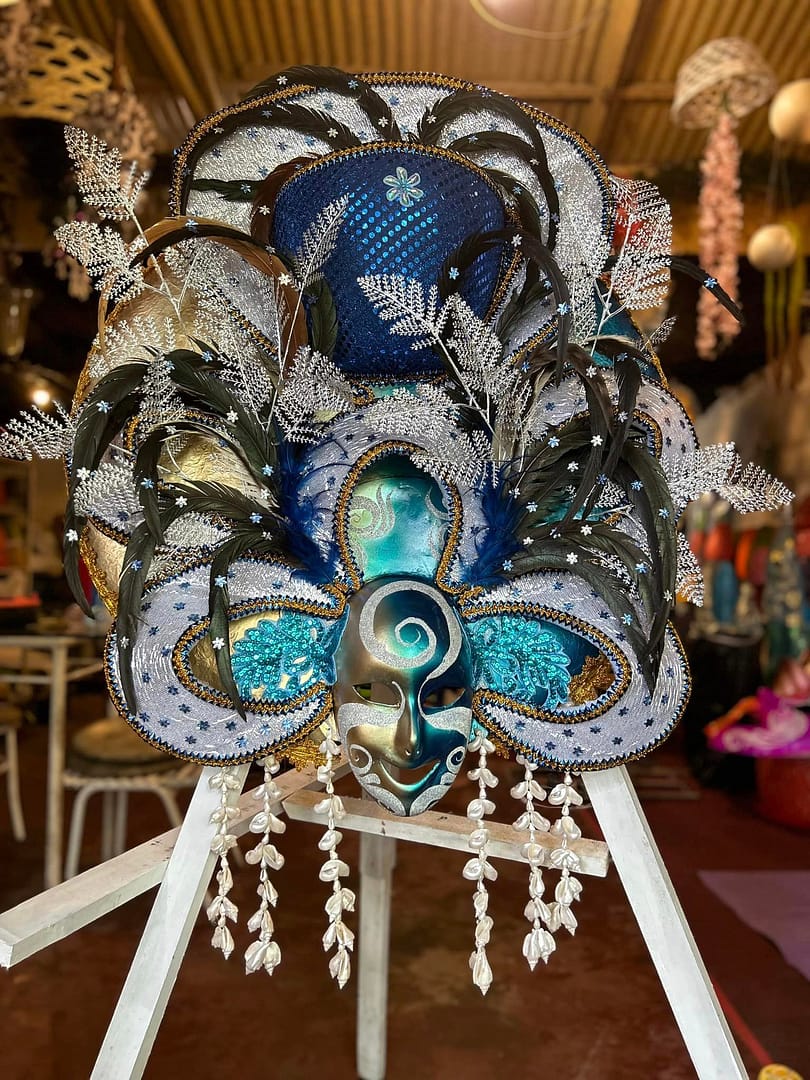Philippine piña, abaca and other indigenous fibers have huge competitive advantage in the Indian market.
“Natural products from here have strong (advantage) which you can export. The barong shirt is another which you can export; have a brand… The Philippines is also good at embroidery stuff,” said Shashank R. Pareek, director of Federation of Philippine Textile Industry (TEXPAP).
He said in a recent interview that local exporters have to offer such items which India is not strong.
Pareek said India’s 1.2 billion population consumes around 4.8 billion kilos of textiles per year.
To effectively penetrate the huge market, he advised exporters to offer good quality products at reasonable prices.
“They are more price conscious than Filipinos,” he said. “You can see 40 to 50 percent of Indian population which are the youngsters who are beginning to look for new products when they try out. Youngsters are more connected to internet.”
Pareek said half of the middle class estimated at 600,000 million consists of educated young professionals who have a lot of earning power.
He also encouraged Filipino exporters to participate in trade fairs in India.
Pareek said the Philippine embassy in India, which has offices in New Delhi, Mumbai and Kolkata (Calcutta), also promotes and facilitates trade between the two countries.
“You can create a section there for Philippine products. You can launch an advertising campaign there… Or hire a local actor there to promote (your product) or tie-up with some leading brands in India,” he added.
Danielle Venz, Reposted from PHILEXPORT News and Features

